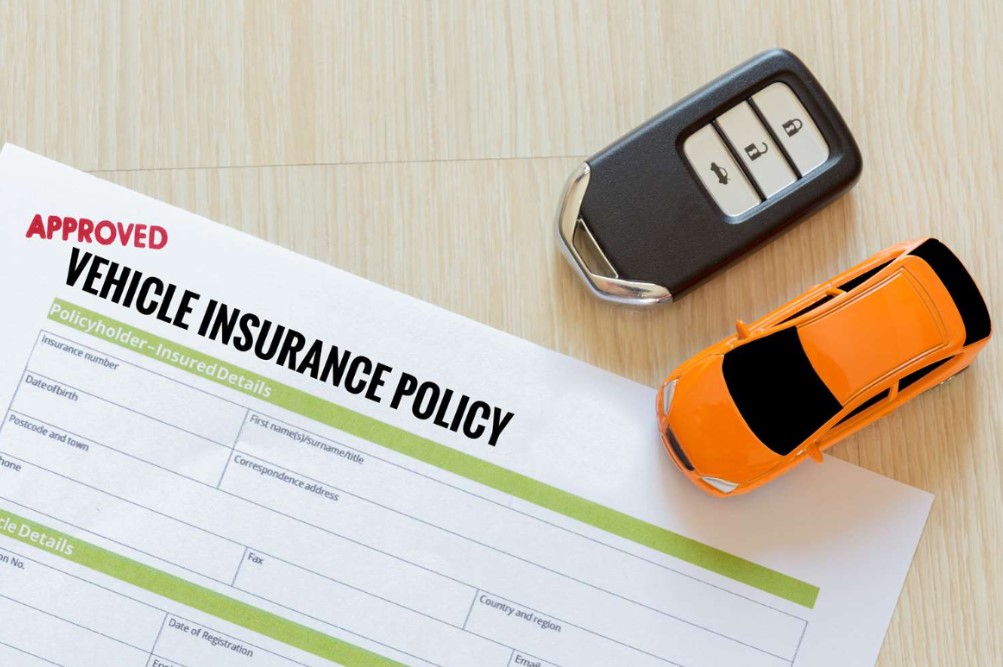Natural disasters, such as floods, are unpredictable and can cause significant damage to vehicles. With the increasing instances of floods due to heavy rains and storms, it is crucial for car owners to understand whether their car insurance policy covers flood damage and how to make effective car insurance claims in such scenarios. This article will provide key information on how flood damage is treated in car insurance, the claims process, and important tips to protect your vehicle.
Understanding comprehensive car insurance coverage
Flood damage falls under the umbrella of comprehensive car insurance. A comprehensive car insurance policy offers protection not only from accidents and collisions but also from non-collision-related incidents such as natural disasters, theft, fire, vandalism, and, importantly, floods.
Unlike third-party insurance, which is mandatory and covers only damages to a third party, comprehensive insurance provides more extensive coverage. If your car is affected by a flood or similar events, having comprehensive coverage can ensure that the financial burden is minimal.
Key features of comprehensive insurance coverage:
– Flood and water damage protection: Covers repair or replacement costs if the car suffers damage due to flooding, heavy rain, or waterlogging.
– Theft and fire: Protects against damages caused by theft, attempted theft, fire, or explosions.
– Accidental damage: Covers damage to your vehicle in case of accidents or collisions.
– Vandalism: Offers coverage if your vehicle is damaged due to acts of vandalism.
How does car insurance cover flood damage?
Flood damage can result from heavy rains, rising water levels, or waterlogging in urban areas. The extent of the damage can range from minor electrical malfunctions to severe engine failure. A car insurance policy that includes comprehensive coverage generally covers the following types of flood-related damage:
– Engine damage due to water ingress: One of the most common forms of flood damage occurs when water enters the engine, leading to severe engine failure or a condition known as hydrostatic lock.
– Electrical system damage: Floods can cause short-circuiting or total damage to the vehicle’s electrical systems, including lights, sensors, and the battery.
– Interior damage: Prolonged exposure to water can cause damage to the car’s upholstery, dashboard, and electronic components inside the vehicle.
– Exterior damage: Floods can lead to rusting or corrosion of the vehicle’s body, along with damage to the paint or external features like mirrors and lights.
However, it is important to note that standard comprehensive insurance may not cover engine damage due to water ingress unless specific add-ons, like an engine protection add-on, are included. Always review the details of your car insurance policy to know the exact scope of coverage.
Important add-ons for flood protection
While comprehensive car insurance offers a degree of protection against flood damage, certain add-ons can further enhance your coverage and help you avoid out-of-pocket expenses in case of flood-related issues.
– Engine protection add-on: This add-on specifically covers the cost of repairs or replacement of engine parts damaged due to water ingress or hydrostatic lock. Without this add-on, engine damage caused by water may not be covered under the standard comprehensive policy.
– Zero depreciation add-on: Also known as a bumper-to-bumper cover, this add-on ensures that you get the full claim amount for the damaged parts without factoring in depreciation. This is particularly useful for vehicles damaged during floods, as the cost of repairs can be high.
– Roadside assistance add-on: If your car is stranded due to flood conditions, roadside assistance can help you by providing towing services or emergency repairs to get your vehicle back on the road.
Making car insurance claims for flood damage
If your car is damaged due to floods, you can make car insurance claims to recover the repair costs. Here is the step-by-step process for filing a claim:
1. Inform your insurer immediately
Contact your insurance provider as soon as you discover that your vehicle has been damaged by floods. Timely notification is important to ensure that your claim is processed quickly. Most insurers provide a helpline or customer service number for such emergencies.
2. Document the damage
Take clear photos and videos of the damage to your vehicle. This documentation will serve as evidence when filing the claim and help your insurer assess the extent of the damage.
3. Avoid starting the car
If your car has suffered water ingress, avoid attempting to start the vehicle. Starting the engine in such a situation can cause more severe damage, especially to the engine. Inform your insurer, and if you have the roadside assistance add-on, use it to tow your car to a service centre.
4. Submit necessary documents
When filing a claim, you will need to provide several documents to your insurance company, including your car insurance policy, registration certificate (RC), and photographs of the damaged car. Some insurers may also require a detailed estimate of the repair costs from an authorised service centre.
5. Claim assessment and settlement
Once the insurer receives all the necessary documents, a surveyor will assess the extent of the damage. Based on the surveyor’s report, the insurer will approve or reject the claim. If approved, the claim amount will be processed and paid out to either you or the service centre, depending on the type of claim settlement opted for (cashless or reimbursement).
Important points to consider
While making car insurance claims for flood damage, there are a few things to keep in mind:
– Do not delay the claim: Inform your insurer about the flood damage as soon as possible. Delaying the claim may complicate the process or lead to claim rejection.
– Review your coverage: Ensure that your car insurance policy covers flood-related damages, especially if you live in flood-prone areas. Add-ons like engine protection and zero depreciation can be extremely helpful.


